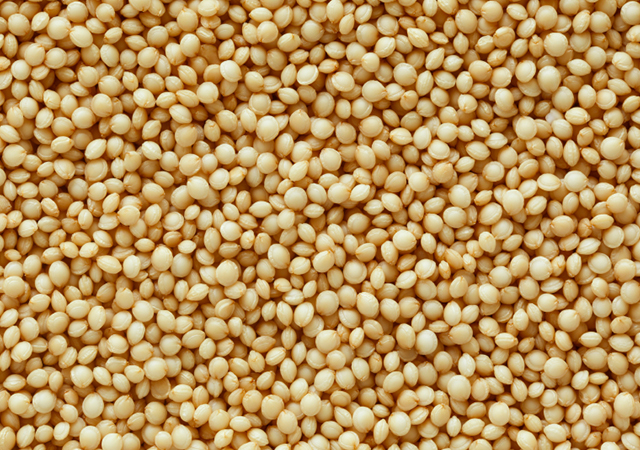Looks like quinoa is facing some steep competition from these 4 ancient grains that are making waves in the realm of health food. However, instead of leaving quinoa behind, let’s celebrate the fact that we now have an array of healthy grains to add into our diets.
1. Amaranth

With 9.35g of protein per cup, amaranth is has slightly more protein than quinoa and just like quinoa, it is technically a seed but it is known as a pseudograin because it is often used and prepared like grains. Amaranth has an earthy flavour and when cooked, it never loses its crunch completely but softens in the middle instead. This will give you a nice popping feeling between your teeth when you eat it. Most South American countries actually pop amaranth like corn to maintain its crunchiness. It is also used as a gluten substitute.
2. Teff

This grain contains 9.75g of protein per cup and has a slightly sweet flavour to it. Teff is actually so tiny that it is commonly believed that its name originated for the Amharic word that means ‘lost’. In Ethiopia, teff is usually used to make a type of sourdough bread. However, it can also be used to make pancakes, snacks and breads. Being similar in size and texture as the poppy seed, teff will make a wonderful replacement for poppy seed in cakes and muffins. Just like amaranth, this grain is also gluten-free.
3. Kamut

This nutty and buttery grain contains 9.82g of protein per cup and is a beneficial addition to your diet as it is easily digestible. The name ‘gamut’ is actually trademarked, which means that it is a controlled grain that must always be organically grown and GMO free. Another attractive feature of this grain is that it contains selenium, a mineral that our body needs in small doses that is difficult to obtain naturally. Kamut is also easy to replace in recipes as it comes in different forms — from whole gamut grains to kamut flour, from whole wheat to refined.
4. Spelt

With a whopping 10.67g of protein per cup, spelt definitively takes the lead amongst these ancient grains in terms or protein content. Although spelt contains gluten, it is requires less fertiliser to grow and is more resistant to disease and pests compared to other kinds of wheat thanks to its hard outer hull. Spelt is very easy to cook and it has a sweet, nutty and chewy texture to it. This grain stays fluffy and distinct when cooked and makes a healthy and delicious alternative to rice.
| SHARE THE STORY | |
| Explore More |


